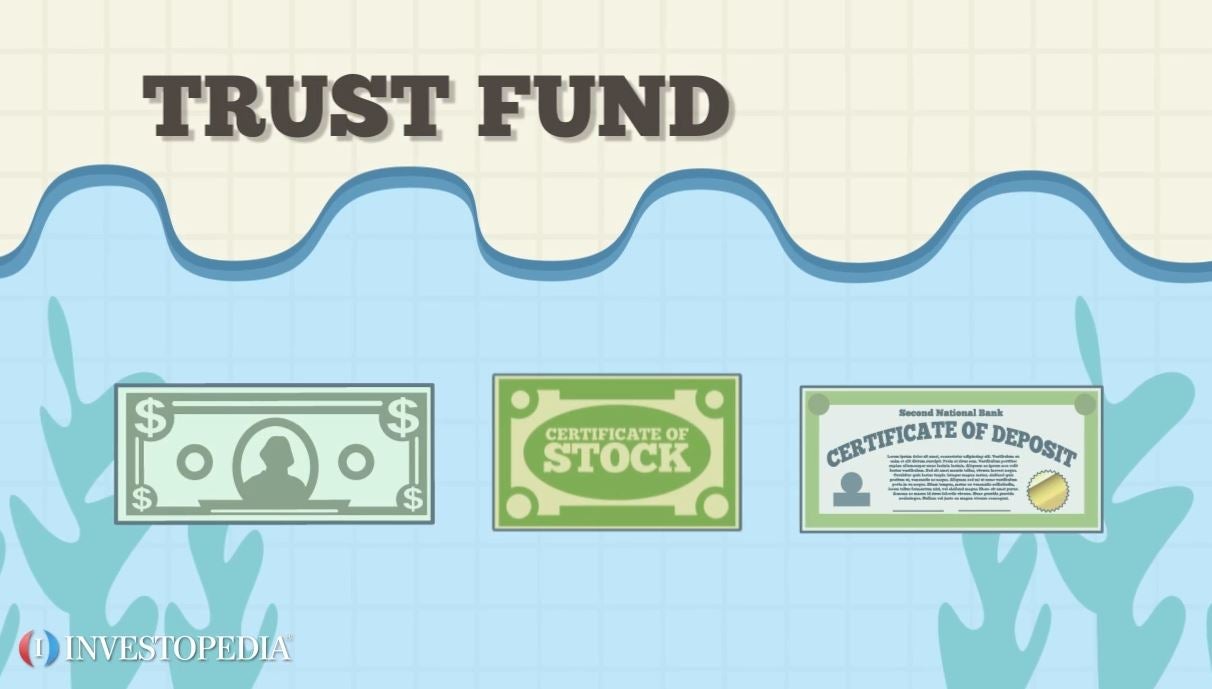Investing wisely is imperative for fiduciaries responsible for managing trust fund assets. One potentially lucrative yet often overlooked avenue is trading options. Understanding how options work and how to incorporate them into your trust fund portfolio can significantly enhance returns while managing risks.

Image: www.pinterest.fr
What are Options?
Options are financial instruments that grant the buyer the right, but not the obligation, to buy or sell an underlying asset at a predetermined price (strike price) on or before a specific date (expiration date). There are two main types of options:
- Calls: Give the holder the right to buy the underlying asset.
- Puts: Give the holder the right to sell the underlying asset.
Options can be used for various purposes, including hedging, income generation, and speculation. For trust funds, options can provide downside protection while enhancing the potential for growth.
Trading Options in a Trust Fund
Before trading options in a trust fund, it’s crucial to gain a thorough understanding of the risks and rewards involved. Fiduciaries should consult with financial advisors experienced in options trading to ensure prudent decision-making.
When trading options, it’s essential to consider the following factors:
- The underlying asset: Options can be based on stocks, bonds, commodities, and other financial instruments. Determine which asset aligns with the trust fund’s investment objectives.
- Strike price: The strike price represents the price at which the buyer can exercise the option. Choose a strike price that is both realistic and within the fund’s risk tolerance.
- Expiration date: Options have a limited lifespan. Define the expiration date based on the investment horizon and expected market conditions.
- Volatility: Volatility measures the fluctuations in the underlying asset’s price. Consider the volatility of the underlying asset when selecting options. Higher volatility can lead to higher potential returns but also greater risks.
Benefits of Options Trading for Trust Funds
Strategic options trading can provide numerous benefits for trust funds, including:
- Downside protection: Puts can protect against losses in the underlying asset’s value. This feature is particularly valuable for conservative trust funds.
- Income generation: Selling covered calls or cash-secured puts can generate income for the fund. These strategies involve selling options against the underlying assets owned by the trust.
- Capital appreciation: Calls can benefit from the underlying asset’s appreciation in value. This strategy is suitable for trust funds seeking growth potential.
- Portfolio diversification: Options can diversify a trust fund’s portfolio, reducing overall risk.

Image: www.lisbonlx.com
Risks of Options Trading
While options can enhance returns, they also carry potential risks:
- Loss of premium: If the option expires unexercised, the buyer will lose the premium paid to acquire it.
- Price fluctuations: The value of options can fluctuate rapidly, resulting in significant losses if handled improperly.
- Complexity: Options trading requires a deep understanding of the markets and trading techniques. Fiduciaries should seek professional guidance before engaging in options trading.
Trading Options In A Trust Fund

Image: www.youtube.com
Conclusion
Trading options in a trust fund can be a powerful tool for increasing returns and managing risks. By understanding the nuances of options trading, fiduciaries can harness this strategy to fulfill their responsibilities. It’s crucial to approach options trading with prudence, seeking expert guidance and carefully considering the fund’s investment objectives and risk tolerance.
Remember, the value of a trust fund lies in its ability to secure the financial well-being of its beneficiaries over time. By making informed decisions and engaging in responsible investment practices, fiduciaries can ensure that trust funds thrive and continue to serve their intended purpose for generations to come.






